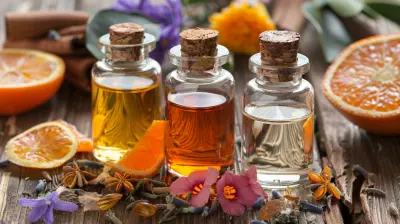The Best Practices for Sun Protection Beyond Sunscreen
27 May 2025
When it comes to sun protection, most people think of sunscreen first. And yes, sunscreen is a powerful tool in preventing sunburn, premature aging, and even skin cancer. But did you know there’s so much more you can do to shield yourself from harmful UV rays?
While sunscreen should be a staple in your skincare routine, it isn’t the only line of defense. From wearing the right clothing to timing your outdoor activities wisely, there are several ways to stay protected from the sun’s harsh effects. Let’s dive into the best practices for sun protection beyond just slathering on sunscreen! 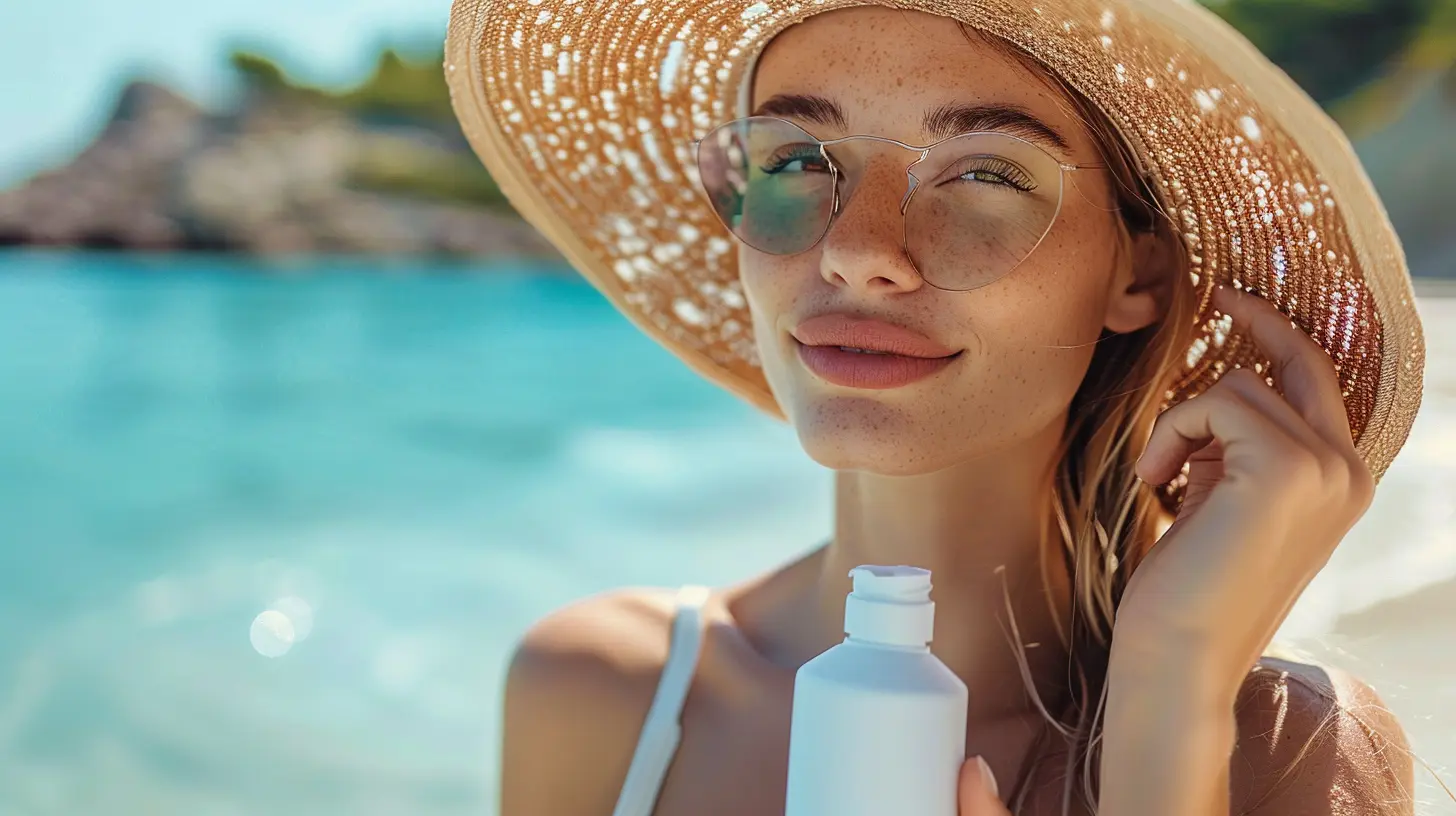
1. Wear Protective Clothing
If you want an easy and effective way to block the sun’s harmful rays, start with your wardrobe! Clothing acts as a physical barrier between your skin and the sun, reducing your exposure to UV light.What to Wear?
- Long-Sleeved Shirts & Pants – Choose loose-fitting, long-sleeved shirts and pants made from tightly woven fabrics. Darker colors tend to offer better protection than lighter shades.- UPF-Rated Clothing – Some clothes are specifically designed to shield you from UV rays. Look for UPF (Ultraviolet Protection Factor) rated clothing for added protection.
- Wide-Brimmed Hats – A good hat with a 3-inch brim can protect your face, neck, and ears from direct sunlight. Baseball caps? They help, but they leave your neck exposed!
- Sunglasses with UV Protection – Your eyes are sensitive to UV rays too! Choose sunglasses that block 99-100% of UVA and UVB rays to prevent long-term damage like cataracts.
By dressing smart, you’re already taking a major step in sun protection—without even needing sunscreen! 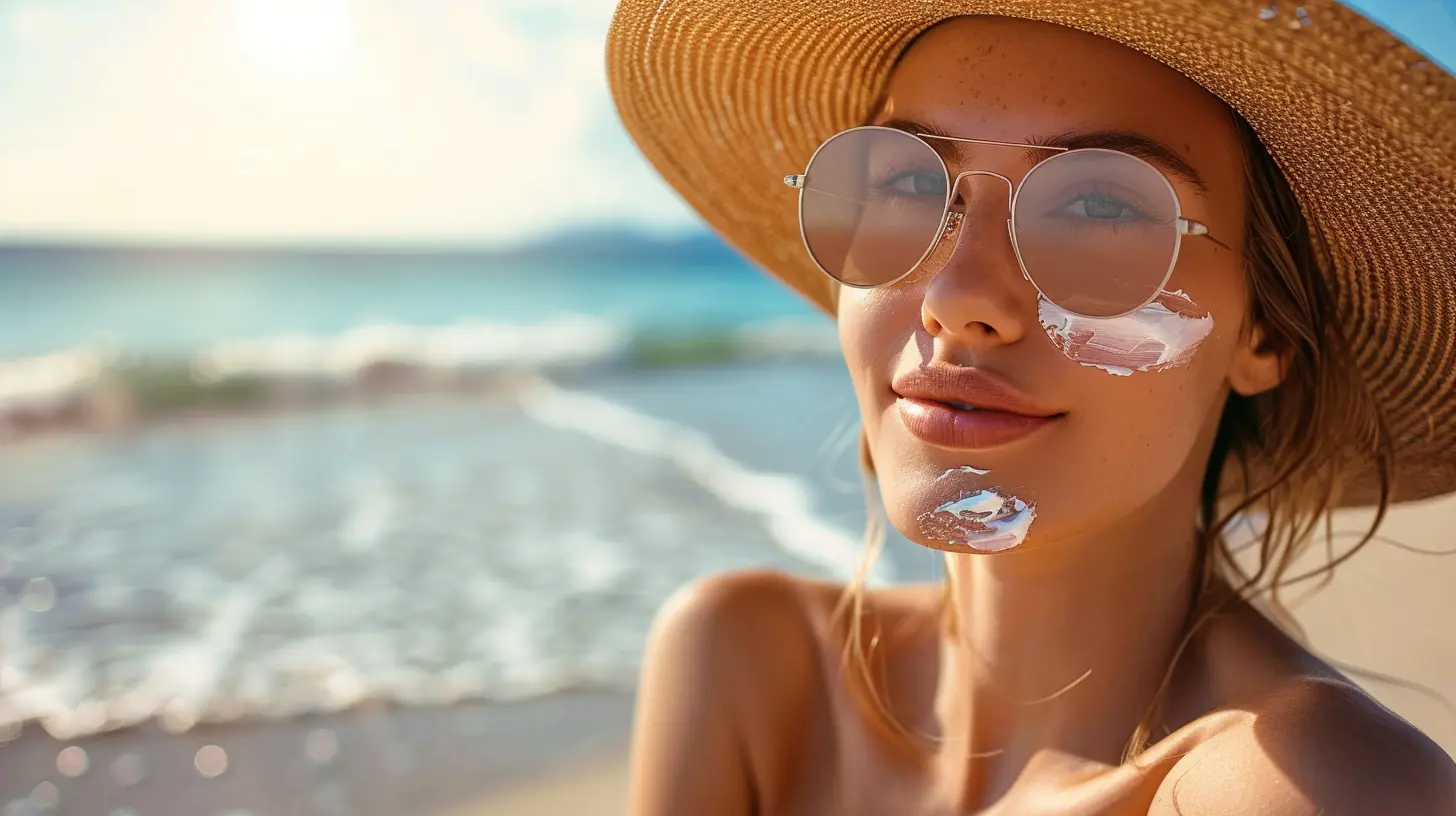
2. Seek Shade During Peak Hours
Ever hear the saying, “The sun is strongest between 10 AM and 4 PM?” Well, it’s true! During these hours, UV radiation is at its peak, making it more likely for unprotected skin to burn.How Can You Stay Safe?
- Plan Outdoor Activities Wisely – If you love jogging, gardening, or spending time outside, try to do it early in the morning or later in the evening when the sun isn’t as harsh.- Use Umbrellas or Shade Structures – If you’re at the beach or park, use umbrellas, trees, or canopies to reduce direct sun exposure.
- Walk on the Shady Side – When possible, choose shaded sidewalks or covered walkways instead of walking directly under the sun.
Seeking shade doesn’t mean avoiding the outdoors altogether—it just means being mindful of when and where you spend time outside! 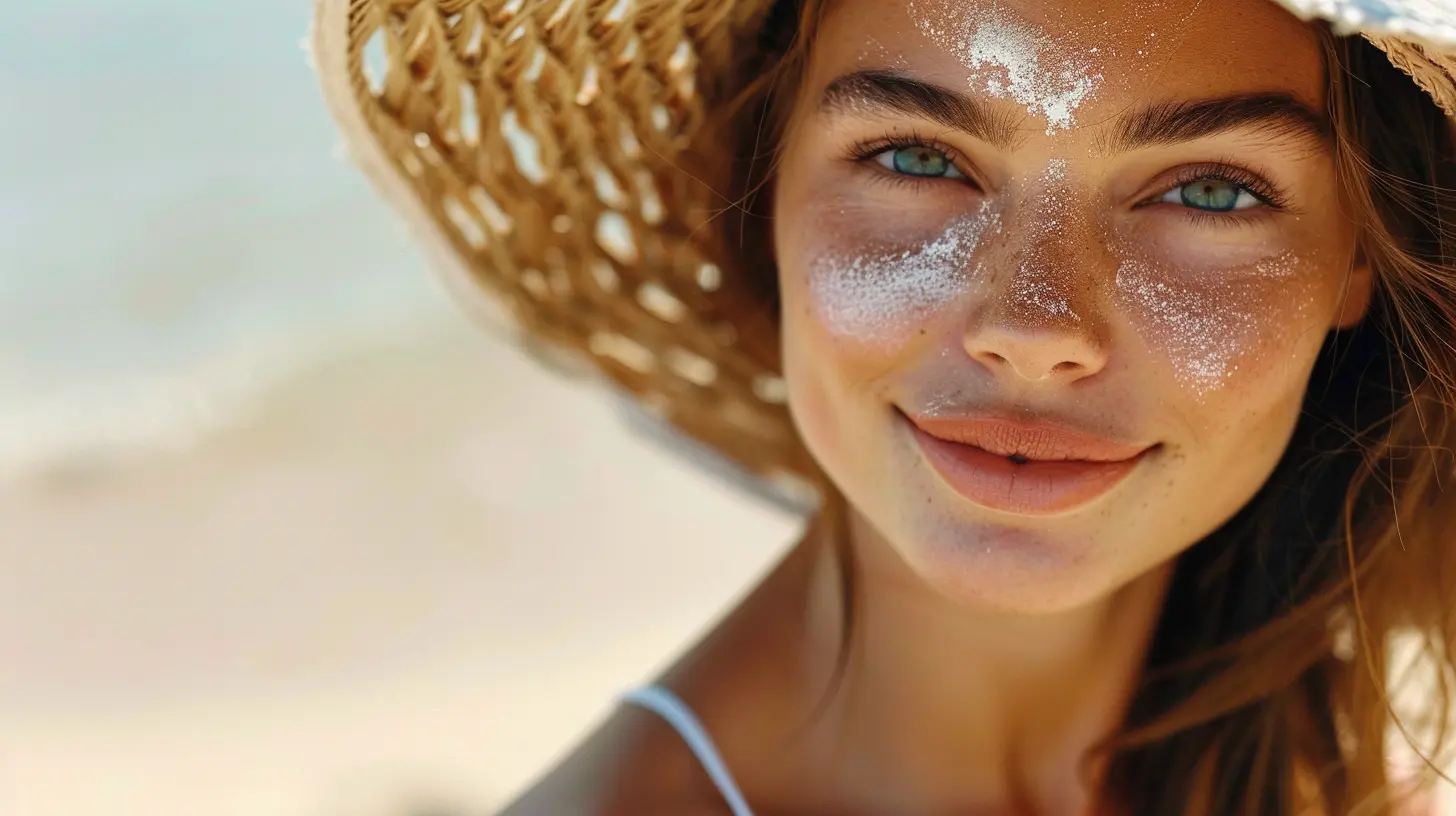
3. Be Mindful of Reflective Surfaces
Did you know that water, sand, snow, and even concrete can reflect UV rays and increase your exposure to the sun? That means even if you’re sitting under an umbrella at the beach, you might still be getting hit by reflected sunlight!Ways to Combat Reflected UV Exposure:
- Wear Sunglasses & Hats When Near Water – Pools, lakes, and oceans reflect UV light, increasing your risk of eye damage and sunburn. A good pair of UV-blocking sunglasses and a wide-brimmed hat can make a huge difference.- Double Up on Protection in the Snow – Snow reflects up to 80% of UV radiation, meaning you can get burnt even in cold weather. If you’re skiing or snowboarding, make sure to wear protective clothing and sunglasses.
- Be Extra Cautious on Overcast Days – UV rays can penetrate through clouds, and surfaces like pavement and buildings can still reflect harmful rays. Even if the sun isn’t shining brightly, protection is still necessary!
Reflective surfaces can be sneaky, but once you know where they are, you can take steps to avoid unnecessary sun exposure. 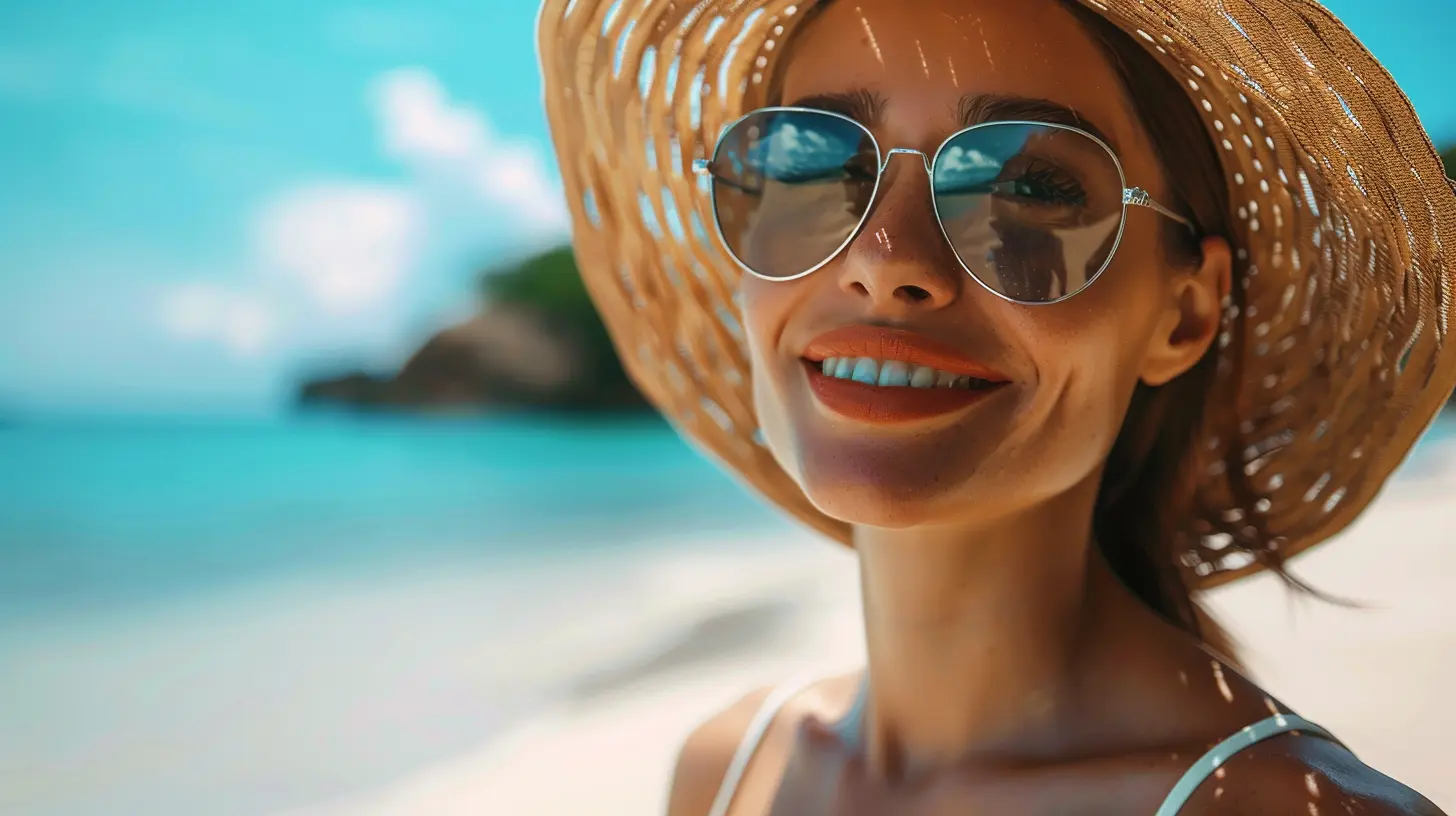
4. Keep Your Skin Hydrated & Nourished
Believe it or not, keeping your skin healthy and hydrated plays a role in sun protection too! While hydration won’t block UV rays, well-moisturized skin is more resilient and heals faster if it does get damaged.Best Practices for Skin Health:
- Drink Plenty of Water – Staying hydrated helps maintain your skin’s natural barrier and repair UV-induced damage.- Eat Antioxidant-Rich Foods – Foods like berries, tomatoes, spinach, and nuts are packed with antioxidants that help fight free radicals caused by sun exposure.
- Use Aloe Vera or Vitamin E – If you do get a little too much sun, applying aloe vera or vitamin E can help soothe and repair your skin.
Sun protection goes beyond external barriers—proper hydration and a nutrient-rich diet strengthen your skin from the inside out!
5. Be Cautious with Tanning Beds & Artificial UV Exposure
Think tanning beds are a safe way to get a sun-kissed glow? Think again. Tanning beds expose your skin to intense UV radiation, increasing the risk of skin damage and skin cancer.Safer Alternatives to Tanning Beds:
- Self-Tanning Lotions – These give you a bronzed look without the harmful effects of UV exposure.- Bronzing Powders or Tinted Moisturizers – If you want a subtle glow, makeup products can help you achieve a sun-kissed finish without damaging your skin.
The truth? A tan might look great now, but over time, excessive UV exposure leads to premature aging, wrinkles, and an increased risk of melanoma. It’s just not worth it!
6. Boost Your Sun Protection with Natural Remedies
In addition to external protection, certain natural ingredients can help your skin defend itself against UV damage. While they shouldn't replace physical sun protection, they can be a great addition to your skincare routine!Natural Ways to Support Sun Protection:
- Coconut Oil & Shea Butter – These contain antioxidants and can help repair sun-damaged skin.- Green Tea Extract – Studies show that green tea can help reduce UV damage and inflammation.
- Omega-3 Fatty Acids – Found in fish, flaxseeds, and walnuts, omega-3s help protect your skin from within.
Think of these remedies as your skin’s backup defense system—extra protection never hurts!
7. Practice Sun Protection Year-Round
A common misconception is that sun protection is only necessary during summer. But UV rays are present every single day, regardless of the season!Why Year-Round Sun Protection Matters:
- Winter Sun Can Be Just as Harmful – Snow and ice reflect UV rays, increasing your risk of sunburn, even in cold weather.- UV Rays Penetrate Car Windows – Long drives can lead to sun exposure on your arms and face—tinted car windows or UV-blocking film can help.
- Higher Altitudes Mean Stronger UV Rays – If you’re hiking or skiing in the mountains, UV exposure increases the higher you go.
Staying mindful about sun exposure no matter the season ensures your skin stays healthy year-round!
Final Thoughts
Sunscreen is an essential tool in protecting yourself from the sun’s harmful rays, but it shouldn’t be your only defense. By wearing protective clothing, seeking shade, staying hydrated, and being mindful of reflective surfaces, you can significantly reduce your risk of sun damage.Sun protection is a lifestyle, not just a one-time effort at the beach. So, the next time you step outside, think beyond sunscreen and take extra steps to keep your skin safe and healthy!
all images in this post were generated using AI tools
Category:
Healthy SkinAuthor:

Sophia Wyatt
Discussion
rate this article
2 comments
Renee McKinney
Shine bright, protect your glow!
June 3, 2025 at 3:42 AM

Sophia Wyatt
Thank you! Embracing protective practices is key to maintaining our skin's natural glow.
Samira McNeely
Great tips! It’s so easy to forget that sunscreen isn’t our only line of defense against the sun. Hats, shades, and seeking shade are simple, stylish ways to stay protected while enjoying the outdoors!
May 28, 2025 at 3:28 PM

Sophia Wyatt
Thank you for your insightful comment! You're absolutely right—incorporating hats, shades, and shade-seeking is essential for comprehensive sun protection. Enjoy the outdoors safely!
